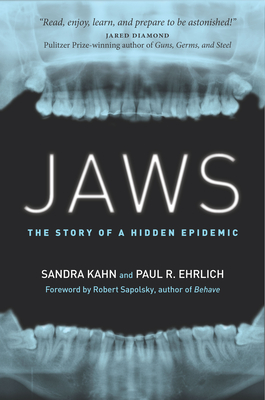
description
2From the author of Rabbits for Food comes a profound and deeply moving new novel about a middle-aged couple's struggle with the husband's descent into early onset Lewy Body dementia, shot through with Kirshenbaum's signature lacerating humor.
"Gutsy, funny, heart-wrenching."--The New York Times Book Review
It begins with hallucinations. From their living room window, Leo sees a man on stilts, an acting troupe, a pair of swans paddling on the Manhattan streets below. Then he's unable to perform simple tasks and experiences a host of other erratic disturbances, none of which his doctors can explain. Leo, 53, a research scientist, and Addie, a collage artist, have a loving and happy marriage. They'd planned on many more years of work and travel, dinner with friends, quiet evenings at home with the cat. But as Leo's periods of lucidity become rarer, those dreams fall away, and Addie finds herself less and less able to cope with an increasingly unbearable present. Eventually, Leo is diagnosed with early onset dementia in the form of Lewy body disease. Life expectancy ranges from 3 to 20 years. A decidedly uncharacteristic act of violence makes it clear that he cannot live at home. He moves first to an assisted living facility and then to a small apartment with a caretaker, where, over time, he descends into full cognitive decline. Addie's agony, anger, and guilt result in self-imposed isolation, which mirrors Leo's diminished life. And so for years, all she can do is watch him die--too soon, and yet not soon enough. Kirshenbaum captures the pair's final years, months, and days in short scenes that burn with despair, dark humor, and rage, tracking the brutal destruction of the disease as well as the moments of love and beauty that still exist for them.
"Gutsy, funny, heart-wrenching."--The New York Times Book Review
It begins with hallucinations. From their living room window, Leo sees a man on stilts, an acting troupe, a pair of swans paddling on the Manhattan streets below. Then he's unable to perform simple tasks and experiences a host of other erratic disturbances, none of which his doctors can explain. Leo, 53, a research scientist, and Addie, a collage artist, have a loving and happy marriage. They'd planned on many more years of work and travel, dinner with friends, quiet evenings at home with the cat. But as Leo's periods of lucidity become rarer, those dreams fall away, and Addie finds herself less and less able to cope with an increasingly unbearable present. Eventually, Leo is diagnosed with early onset dementia in the form of Lewy body disease. Life expectancy ranges from 3 to 20 years. A decidedly uncharacteristic act of violence makes it clear that he cannot live at home. He moves first to an assisted living facility and then to a small apartment with a caretaker, where, over time, he descends into full cognitive decline. Addie's agony, anger, and guilt result in self-imposed isolation, which mirrors Leo's diminished life. And so for years, all she can do is watch him die--too soon, and yet not soon enough. Kirshenbaum captures the pair's final years, months, and days in short scenes that burn with despair, dark humor, and rage, tracking the brutal destruction of the disease as well as the moments of love and beauty that still exist for them.
member goods
No member items were found under this heading.
listens & views

IN ORDER TO DANCE-FREE FUNK ...
by IN ORDER TO DANCE-FREE FUNK 3 / VAR
COMPACT DISCout of stock
$22.99
Return Policy
All sales are final
Shipping
No special shipping considerations available.
Shipping fees determined at checkout.






